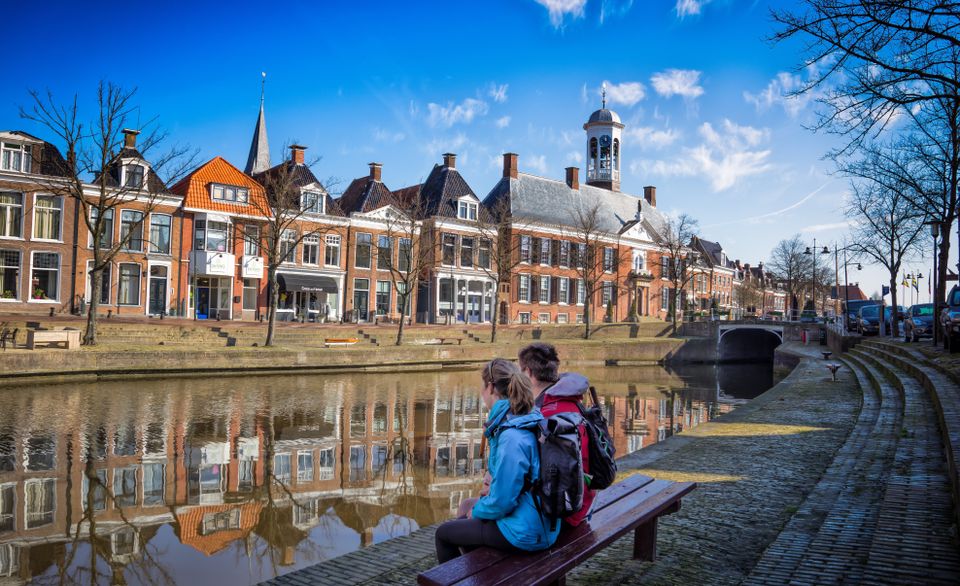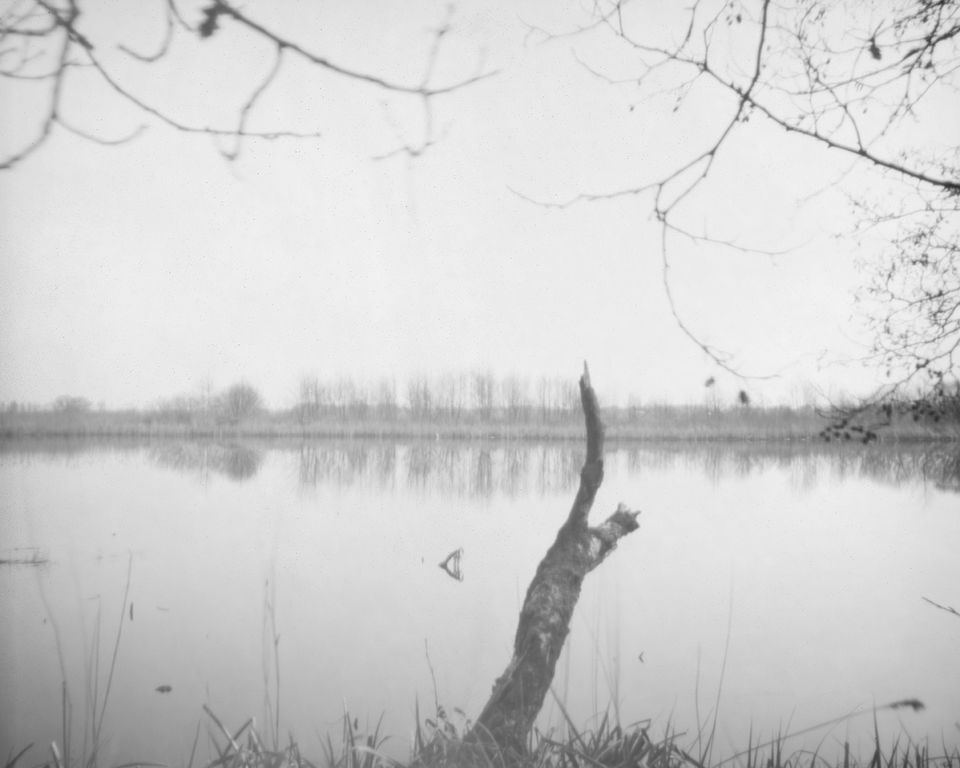Location
577 to 608 of 961 results
-
Bergum (Burgum)
Bergum (Burgum)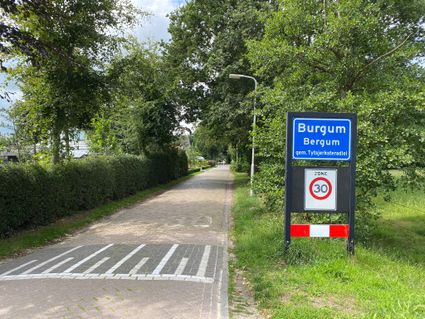 Burgum
Burgum -
Inn Hantum
Inn Hantum Hantum
Hantum -
Earnewâld Sloepverhuur
Earnewâld Sloepverhuur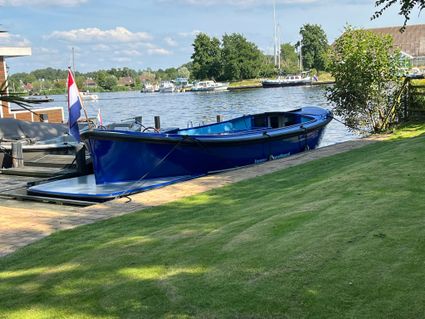 Earnewald
Earnewald -
SUP Centre Fryslân
SUP Centre Fryslân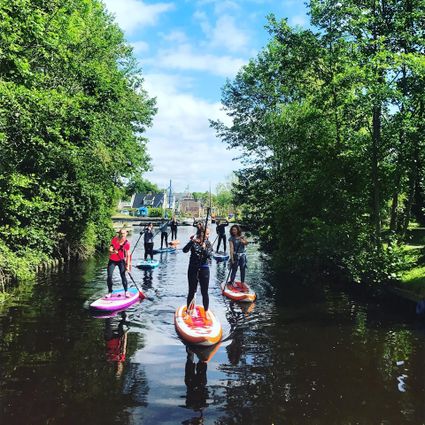 Rottevalle
Rottevalle -
Voormalig klooster van de Grauwe Bagrijnen
Voormalig klooster van de Grauwe Bagrijnen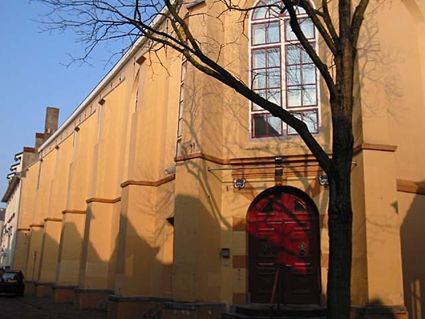 Leeuwarden
Leeuwarden -
Skillige Pypke
Skillige Pypke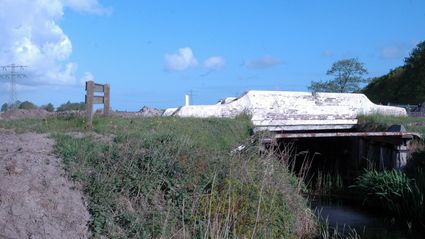 Feanwâlden
Feanwâlden -
Burgumermarpleats
Burgumermarpleats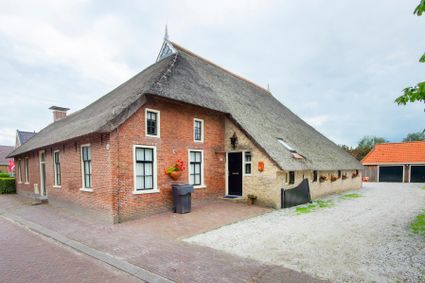 Jistrum
Jistrum -
Waddensea fishtours and Workshops 't Ailand
Waddensea fishtours and Workshops 't Ailand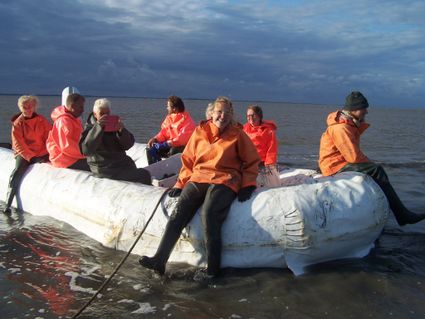 Lauwersoog
Lauwersoog -
De Mieden - Kijkheuvel met Vogelkijkscherm
De Mieden - Kijkheuvel met Vogelkijkscherm Kootstertille
Kootstertille -
De Waard van Napels
De Waard van Napels Dokkum
Dokkum -
Wijngaard De Frysling
Wijngaard De Frysling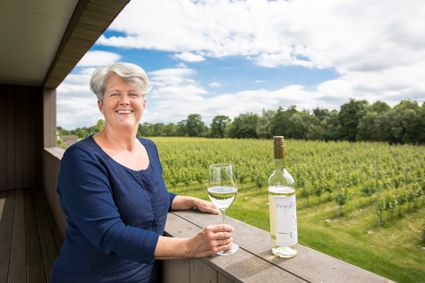 Twijzel
Twijzel -
BinnenInn 2-6 persoons Appartementen
BinnenInn 2-6 persoons Appartementen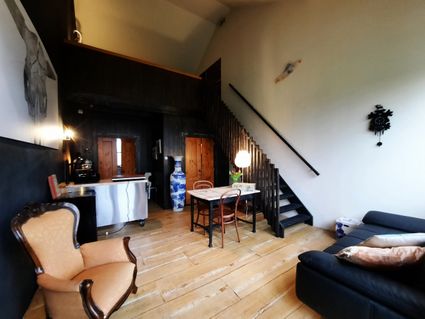 Metslawier
Metslawier -
Kunstwerk Feanwâldsterwâl | Baukje Venema
Kunstwerk Feanwâldsterwâl | Baukje Venema
Een foto van Baukje Venema. Deze foto laat de ijsbaan van Feanwâldsterwâl zien en is uit een reeks van kunstwerken die bij de ijsbanen van de Iisbaankeunstrûte horen.
 Feanwâldsterwâl
Feanwâldsterwâl -
Stavoren (Starum)
Stavoren (Starum)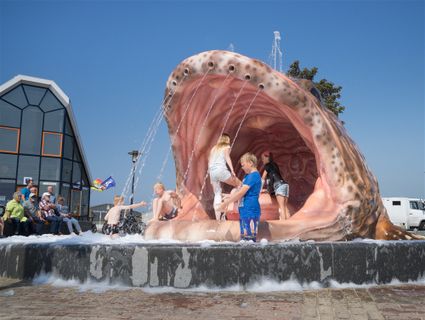 Stavoren
Stavoren -
Eetcafe De Winze
Eetcafe De Winze Wyns
Wyns -
Het Paviljoen
Het Paviljoen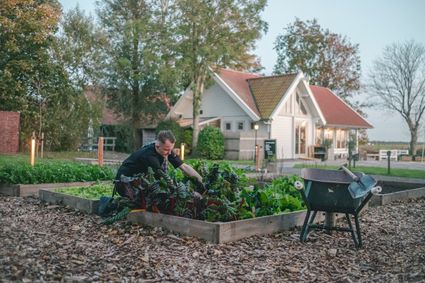 Dokkum
Dokkum -
De Artuin
De Artuin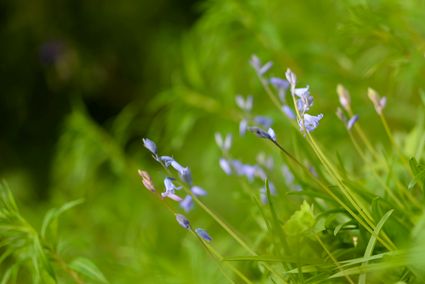 Oudwoude
Oudwoude -
Brasserie Westersail
Brasserie Westersail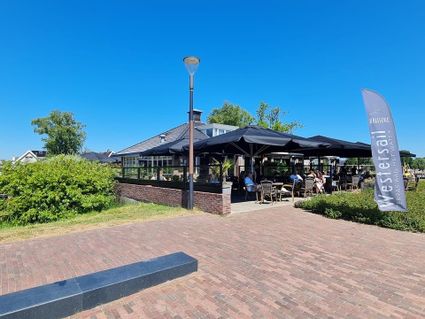 Earnewald
Earnewald -
it Dreamlân nature campsite
it Dreamlân nature campsite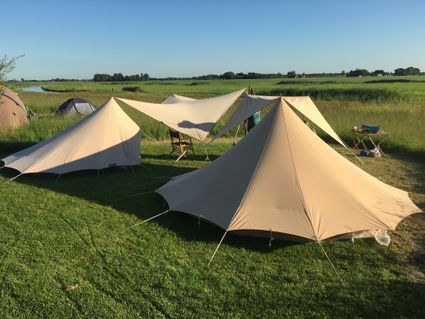 Kollumerpomp
Kollumerpomp -
Rustpunt Anjum
Rustpunt Anjum Anjum
Anjum -
Staatsbosbeheer Lauwersmeer
Staatsbosbeheer Lauwersmeer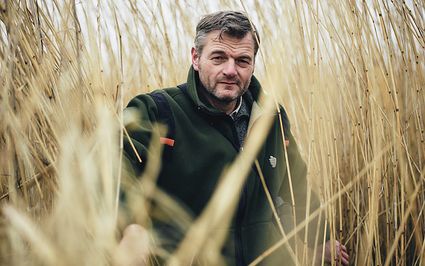 Lauwersoog
Lauwersoog -
Wok Restaurant Lotusplaza
Wok Restaurant Lotusplaza Feanwâlden
Feanwâlden -
The liberation of Friesland 1
The liberation of Friesland 1
In early April, it became clear that the liberation of Friesland was imminent. Although the province had not suffered a real Hunger Winter like other parts of the Netherlands, there were severe shortages of just about everything. And the terror of the occupying forces was growing. This also led to increased resistance against the occupying forces. The battle between the two was tougher than ever in early 1945.
In Friesland, assault groups known as Knokploegen (KP) were responsible for most acts of resistance. But there were other groups too. On the orders of the Dutch government in London, all these groups were merged into the Dutch Domestic Armed Forces (NBS). In Friesland, this happened on 12 December 1944.
The NBS, popularly referred to as the BS, gave the armed resistance an organisation with a clear structure. The NBS was also supposed to play a role in the upcoming liberation. To this end, resistance groups were provided with weapons from autumn 1944. These were dropped from the air.
On 8 April, Radio Orange broadcast the message "The bottle is empty." This was the signal for the NBS to start carrying out sabotage operations 36 hours later. The aim was to make it as difficult as possible for the Germans to defend themselves against the approaching Allied forces.
The resistance did this by putting bridges and railways out of order, blocking waterways and blocking roads. The response of the occupying forces was ruthless. In retaliation, dozens more prisoners were shot at different times and places.Once the Canadians entered Friesland on 12 April, they were supported extremely effectively by the Frisian resistance. Because it was superbly organised, they were able to help the Canadians take control of important bridges, repair damaged bridges, and advise on the most favourable route.
By 18 April, the whole province was liberated except for the Wadden Islands (these were liberated in late May and in June). Compared to other provinces, there was little fighting in Friesland. Overall, the few thousand German troops who had been unable to flee Friesland were defeated by the Canadians relatively quickly.
The commander of the Royal Canadian Dragoons, Lieutenant Colonel Landell, praised the actions of the resistance by stating "Friesland liberated herself." While that may be a bit of an exaggeration, the actions of the Frisian resistance undoubtedly accelerated the liberation. And reduced the number of casualties on the Allied side.
In confrontations with German troops and their Dutch accomplices, at least 31 resistance fighters lost their lives. On the Allied side, at least eleven Canadians and one Frenchman were killed. The fighting and shelling also resulted in dozens of civilian casualties. The number of casualties on the German side is not known, but probably ran into the hundreds. With 320 houses destroyed and 4,000 damaged and 80 bridges destroyed, Friesland was materially the least damaged province in the Netherlands.
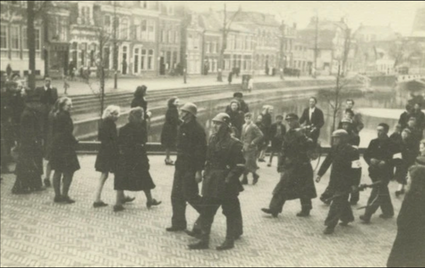 Willemsoord
Willemsoord -
Voormalig zuivelfabriek Garyp
Voormalig zuivelfabriek Garyp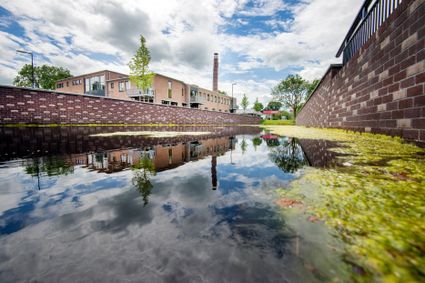 Garyp
Garyp -
Alde Feanen - Otterproject - Observatietoren
Alde Feanen - Otterproject - Observatietoren Warten
Warten -
Mariakerk Oosterwijtwerd
Mariakerk Oosterwijtwerd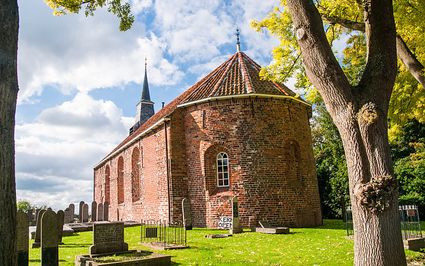 Oosterwijtwerd
Oosterwijtwerd -
Boer & Breakfast It Hûske
Boer & Breakfast It Hûske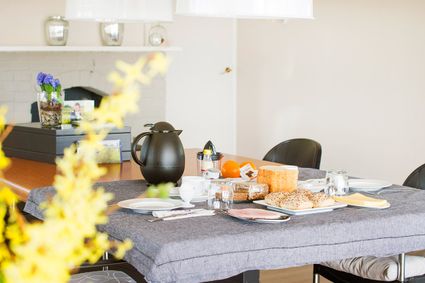 Jistrum
Jistrum -
Zonnepark Garyp
Zonnepark Garyp Garyp
Garyp -
Ameland - Mochdijk / Hagedoornveld - Vogelkijkpunten
Ameland - Mochdijk / Hagedoornveld - Vogelkijkpunten Nes
Nes -
Sint-Nicolaaskerk Blije
Sint-Nicolaaskerk Blije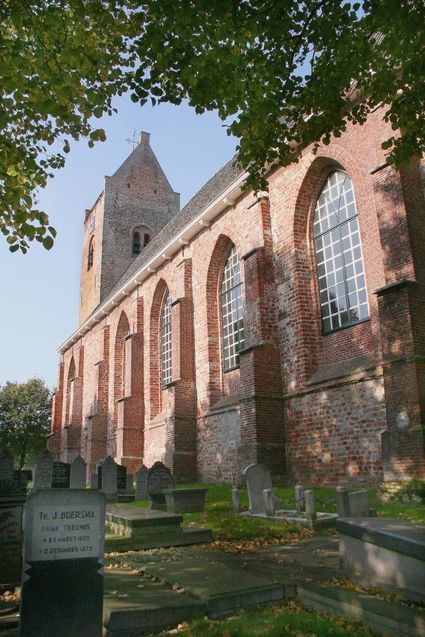 Blije
Blije -
Uitzichtpunt Bûtefjild
Uitzichtpunt Bûtefjild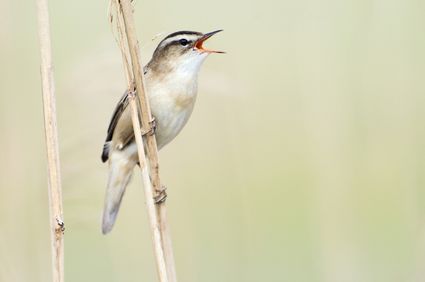 Veenwoude
Veenwoude -
Angélique Drenth Lifestyle Centre
Angélique Drenth Lifestyle Centre Earnewâld
Earnewâld
